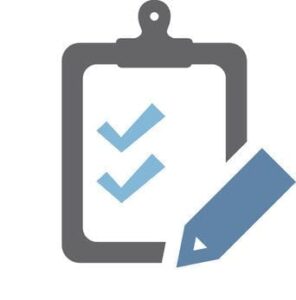New Zealand’s government has cleared the Identity Check facial recognition system of significant racial bias, following extensive testing that represents the first major assessment of bias in biometric algorithms for New Zealand’s diverse ethnic groups.

The system, in use by the Ministry of Social Development (MSD) for nearly a year, allows users to verify their identity by submitting a smartphone photo, which is then matched to their passport or driver’s license photo. According to Tim Waldron, project lead at the Department of Internal Affairs, this milestone confirms the system’s readiness for broader use, as independent testing has shown no substantial racial bias.
Historically, facial recognition technology has faced criticism for being less accurate for individuals with darker skin tones. However, improvements have been made globally to address these discrepancies. Waldron noted that the Identity Check system has benefitted from such advancements, and testing by Australia’s BixeLab—one of only three accredited labs worldwide for this work—has shown that the system performs reliably across New Zealand’s Māori, Pasifika, and Pākehā populations.
Waldron emphasized the importance of ensuring accuracy for all potential users, adding, “That’s the start of transparency with the public and actually making sure these services perform as they become more and more commonplace.”
Beyond bias concerns, the Identity Check system has also been designed with robust security measures to prevent fraud, such as the use of upgraded liveness technology that ensures users cannot spoof the system with static images. Waldron mentioned that the success rate for users now stands at 94 percent, which MSD highlights as a major achievement, given the time saved for citizens who no longer need to visit government offices for identity verification. According to MSD estimates, each user saves approximately seven minutes, with further savings from avoiding in-person travel.
The system’s current adoption extends beyond government agencies to organizations such as Hospitality New Zealand, which piloted the technology in 2022 to issue Kiwi Access Cards for young people. The government plans to expand Identity Check’s availability to more sectors, potentially enabling banks, Studylink, and other entities to streamline identity verification processes. Waldron also noted that expanding data sources for matching images, such as visa or firearms databases, will further enhance accessibility and convenience.
As Identity Check evolves, security remains a priority. The system operates within a Datacom cloud in New Zealand, and facial images are deleted after 31 days to minimize privacy risks. Waldron suggested that this setup could make Identity Check a model for decentralization, reducing the need for widespread data-sharing by focusing on a single photo match per verification attempt. This approach contrasts with the decade-old RealMe service, which is more limited and primarily serves government agencies.
NEC is the vendor for the Identity Check facial recognition system, via its NeoFace platform. New Zealand has a long-standing relationship with NEC, having renewed a contract in 2020 for facial recognition services related to biometric passport photos.
Source: RNZ
–
October 15, 2024 – by Cass Kennedy






Follow Us